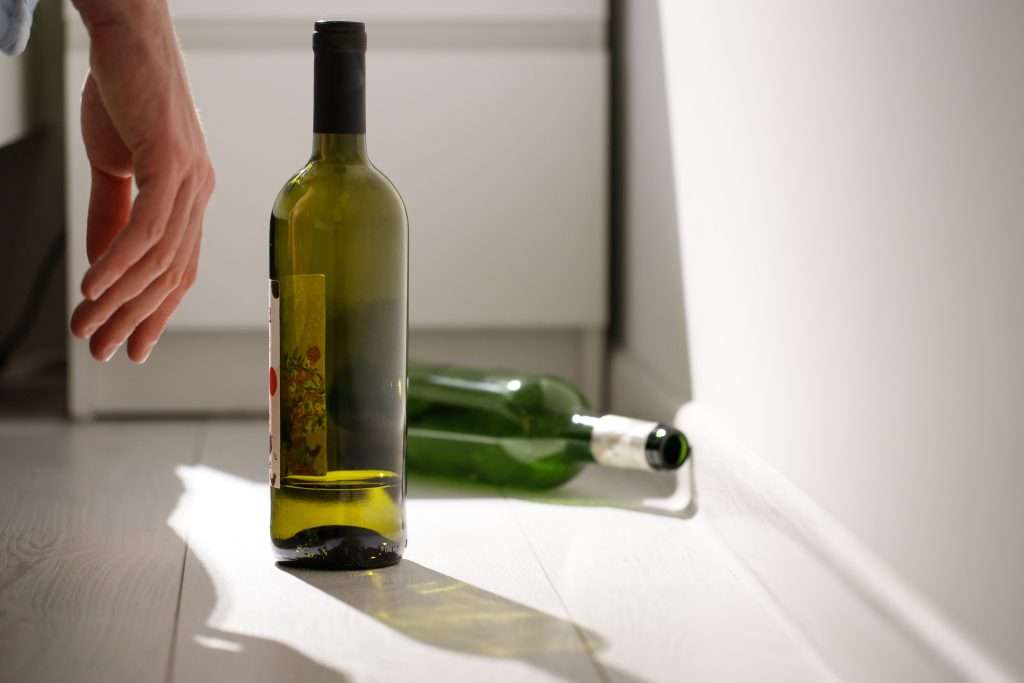How Long Does Alcohol Poisoning Last?
Binge drinking rates in Canada declined from 2020 to 2021. 16.6% of the population aged 12 years or older participated in heavy drinking in 2020 compared to only 15.6% in 2021. These rates can potentially decrease even further when people seek alcoholism treatment. Getting treated for problematic drinking can reduce the risk of harmful complications, such […]
How Long Does Alcohol Poisoning Last? Read More »






